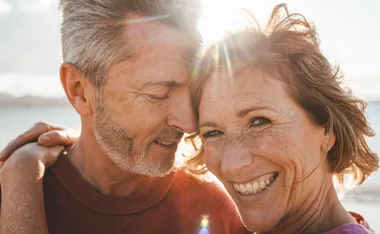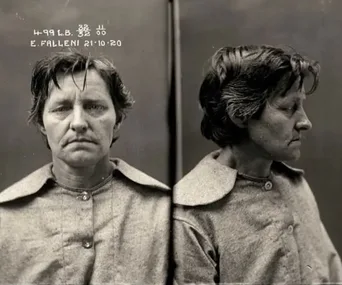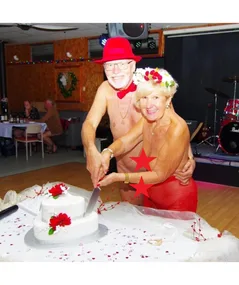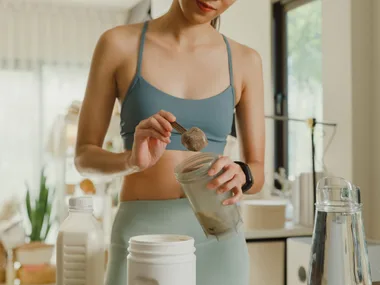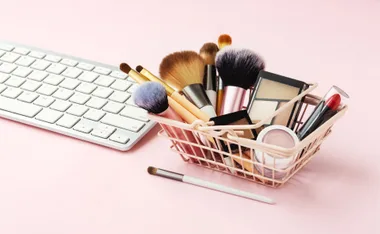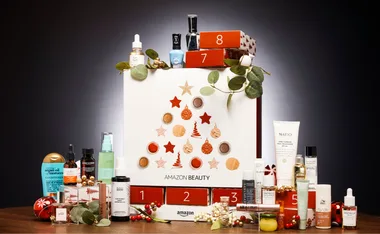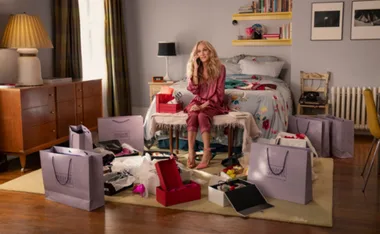I used to work as a cook in the local nursing home. I really enjoyed my work, and strived to make food that was enjoyable for the old dears, who didn’t always have a lot else to look forward to. Then I’d go out and sit with them after lunch, chatting with the many who never seemed to have any family or friends to talk to.
The nurse in charge of the ward was mean and ran the nursing home like it was a prison. She treated the other nurses like they were incapable of doing their jobs and as for the patients it was as though she was trying to suck the last moments of joy from their lives.
There were so many pointless rules: no liquids in the bedroom, no cups of tea after dinner, no magazines to be taken out of the visitors’ room, no personal items to be taken into the visitors’ room. And the volume on the television must be kept down even though half of the elderly residents were as deaf as posts! They were too frightened to say a word.
But the number one rule of the nursing home was absolutely no alcohol. Ever. Under any circumstances. When Nurse Joanne was on the ward, I looked around me, and all I saw was misery.
I think this is the rule that I had the most trouble with. I didn’t want them to be getting blind roaring drunk every night — not at all — but many of the residents were quite used to their evening tipple of sherry or gin. But now, even if they lived to celebrate some milestone like their 100th birthday, they weren’t allowed to touch a drop. Many of them did celebrate such milestones, or occasions like the birth of a great grandchild, or a wedding they couldn’t attend. And they couldn’t celebrate it with anything stronger than a cup of weak, bitter coffee!
I decided that something had to be done. This resolution became all the stronger when one of my favourites, a long-time resident named Hazel, turned 90. A favourite of all the staff, and with very few family members around, it was decided that we would throw her a little party.
I decided to put on a very special menu for her that included my famous chocolate mousse. My mousse was a real treat: rich, chocolatey and decadent it also had a very illicit ingredient: brandy. Not much, of course, but I liked the idea that they would even get a taste of the forbidden. It would only be a tiny breaking of the rules, but I got please from the fact just the same.
The day of the party was frantically busy. This was only one special meal — I still had to cook breakfast, and prepare dinner for the day, on top of the special catering I was doing. So I blame my stress on what happened when I opened the brandy bottle: Working with too much haste (and oily hands) the bottle slipped out of my hands as I was pouring the prescribed half a cup into the bowl.
I watched in horror as the contents of half the bottle soaked into the delicious cream and chocolate. It was ruined! I didn’t have any more cream or chocolate, so I wasn’t going to be able to serve my famous mousse. I put it in the fridge to take home to my husband, who would eat anything.
After lunch, however, there was uproar. I’d promised a dessert, and they wanted it! Mulling it over, I decided to serve it. It would be too alcoholic — they wouldn’t like it, wouldn’t eat it and therefore it wouldn’t do any harm. I divided the mousse among the elderly residents until not a skerrick was left. And watched in amazement as each of them ate every last drop of my alcoholic chocolate mousse!
By the time Nurse Joanne arrived for her shift, many of the residents were completely drunk. Either slumped in their chairs, or laughing hysterically, it was clear to see they were intoxicated — many of them, after all, hadn’t had alcohol for years!
The head nurse was furious but, assuming that one of Hazel’s few visitors had smuggled the stuff in, my part in the debacle was never even under suspicion. There was no real harm done — a few sore heads, a few heavy bodies to be lugged off to bed, a few elderly people who wouldn’t do what they were told, for once — but I still smile to remember that my chocolate mousse accidentally got half a ward of a nursing home drunk!
Names in this story have been changed. Picture posed by model.
Your say: Have your say about this true confession below…


